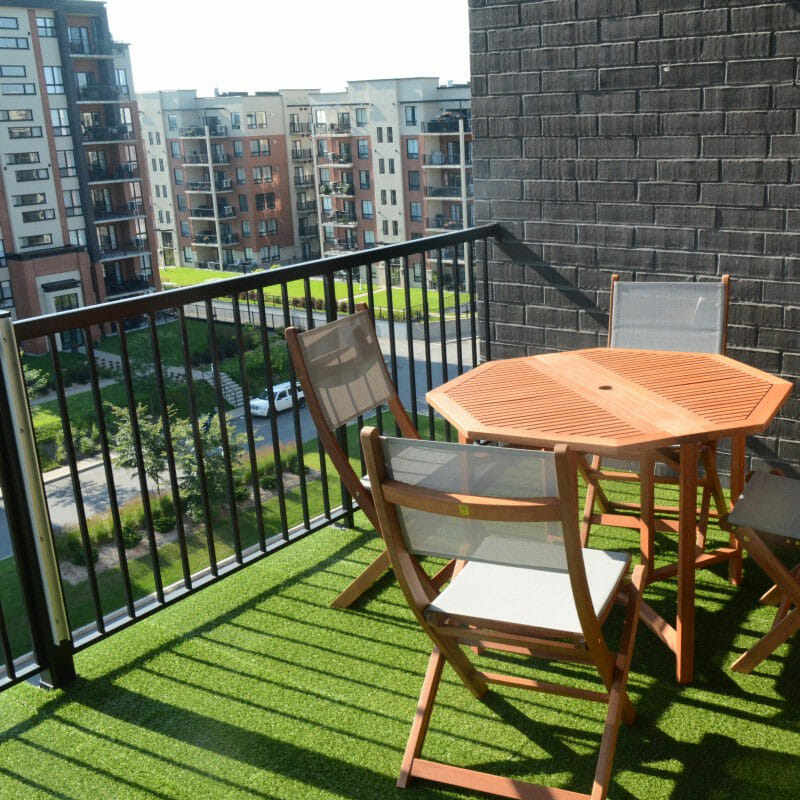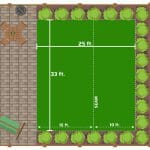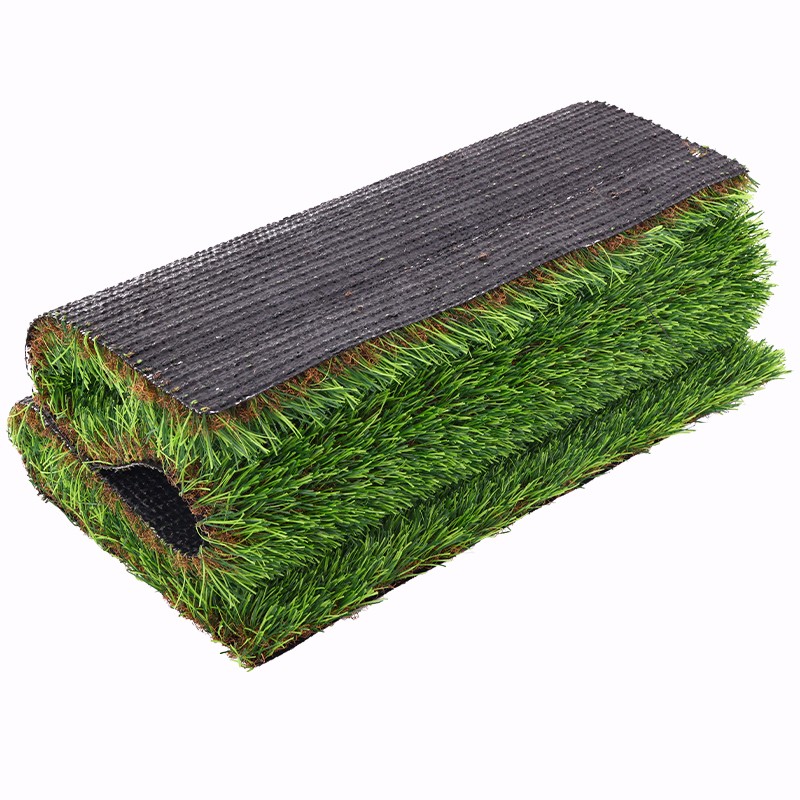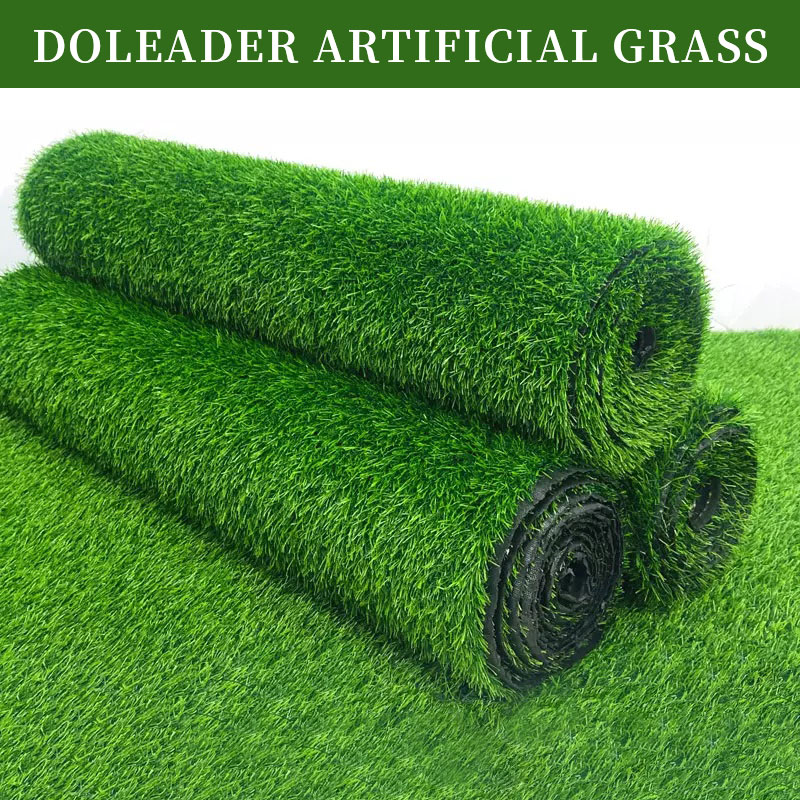
Artificial grass has gained popularity as an appealing option for outdoor spaces, including balconies. It offers the allure of a lush green surface without the hassle of regular maintenance associated with natural grass. However, like any solution, there can be challenges when using artificial grass on a balcony. Here, we delve into some potential problems you might encounter and how to address them.
1. Drainage Issues:
Balconies typically lack proper drainage systems that natural soil provides. When rain or water accumulates on your artificial grass balcony, it might not drain adequately, leading to pooling or stagnant water. Over time, this can result in unpleasant odors, mold, or even damage to your balcony’s structure.
Solution: Before installing artificial grass, ensure that proper drainage mechanisms are in place. Elevating the grass slightly using a base layer that promotes drainage can help prevent water buildup.
2. Temperature and Heat Absorption:
Artificial grass can absorb heat, especially in hot climates. Balconies exposed to direct sunlight for extended periods may become excessively hot. This can make the surface uncomfortable to walk on, especially barefoot.
Solution: Choose artificial grass with heat-resistant features or install shades, umbrellas, or other covers to reduce the amount of direct sunlight hitting the grass.
3. Maintenance Challenges:
While artificial grass requires less maintenance than natural grass, it’s not entirely maintenance-free. Dust, dirt, pollen, and debris can accumulate over time. Additionally, spills or stains from food, beverages, or pets can leave unsightly marks on the surface.
Solution: Regularly sweep and hose down your artificial grass to remove dirt and debris. For spills or stains, promptly clean the affected area using a mild detergent and water.
4. Fading and Wear:
Artificial grass exposed to direct sunlight can gradually fade over time. High foot traffic on a small balcony can also cause the fibers to wear down, resulting in a less vibrant and plush appearance.
Solution: Consider choosing high-quality artificial grass designed to resist fading from UV rays. Rotate furniture or use rugs to distribute foot traffic and minimize wear on specific areas.
5. Installation Challenges:
Proper installation is crucial for the longevity of your artificial grass. If not installed correctly, the grass may not adhere well, leading to wrinkles, creases, or uneven surfaces.
Solution: Hiring professionals to install your artificial grass can ensure proper placement and minimize installation-related problems.
6. Weight Considerations:
While artificial grass is lightweight, the combined weight of the grass and the base can still add stress to your balcony’s structure, especially in older buildings.
Solution: Consult with a structural engineer to ensure that your balcony can support the additional weight of the artificial grass and its base.
In conclusion, while artificial grass can transform your balcony into a cozy green oasis, it’s essential to be aware of potential challenges and address them accordingly. With proper planning, installation, and maintenance, you can enjoy the benefits of artificial grass while minimizing the problems that may arise.










